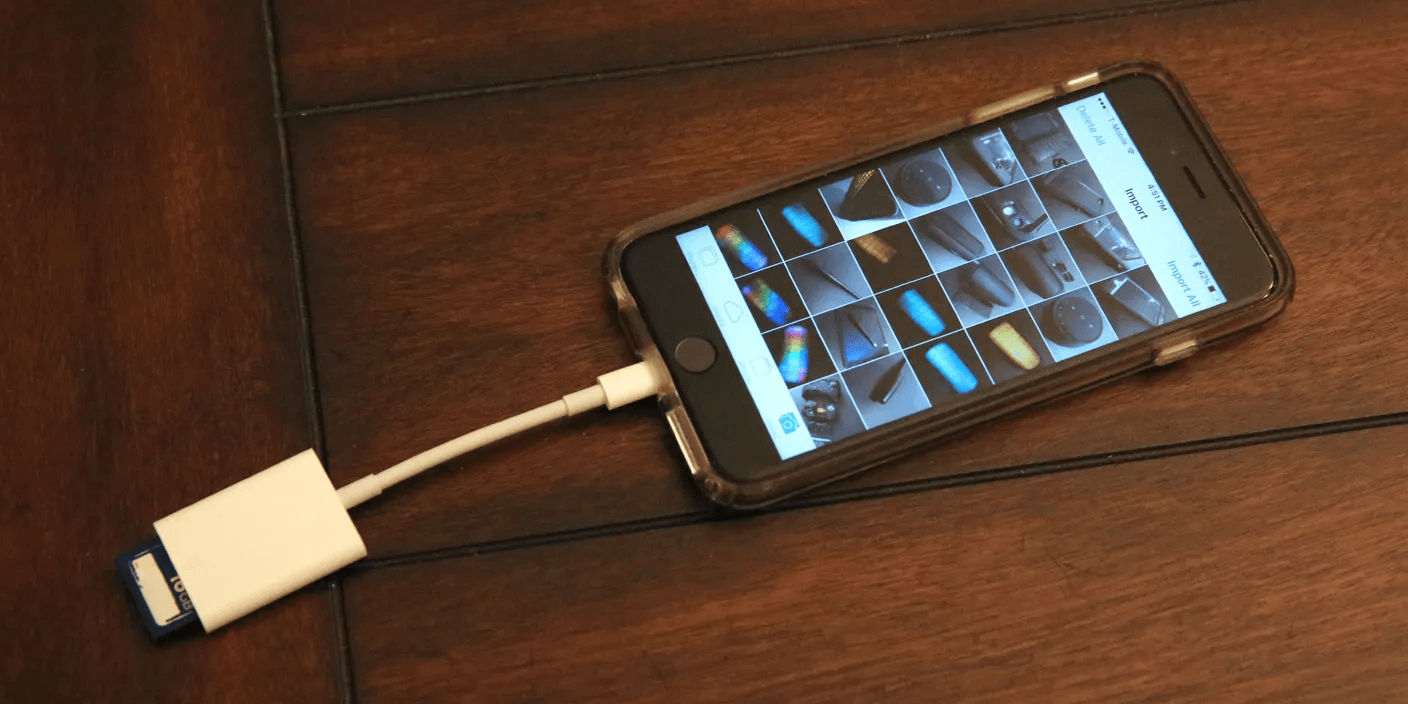‘I have had my iPhone 14 for 2 days. Software update is waiting for my phone to finish restoring from the iCloud backup. How much time can a restore in progress take? How do I know if the restoration is still operating or if it is just frozen?’— question from Raflynch on discussions.apple.com
Many iPhone users like Raflynch have complained about being stuck in the storing process forever. When restoring an iPhone, the time cost varies in different ways. Typically, Apple provides free restore services via iCloud or iTunes. But it depends on the amount of data, the larger the data is, the more time you need. This article will explain how long the iPhone restoring time is and how to speed it up.
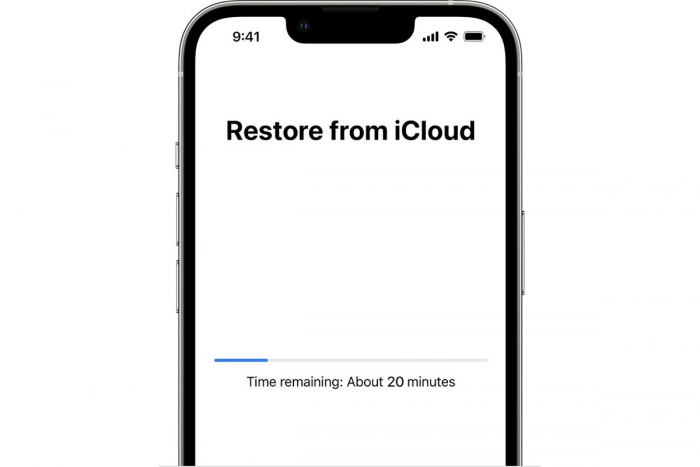
How Long Does It Take to Restore an iPhone?
Restoration time depends on what type of backup you are recovering, how big the data is, and a full restore or selective restore. Normally, the average restoration time is from 15 minutes to 4 hours, except there is a super large file. There is no fixed time for the restoring time, and here is a general summary of how long it takes to restore the iPhone.
Quick Look
| iPhone Restore Type | Average Time Cost |
| iCloud | Normally 1 – 4 hours |
| iTunes | Normally 15 – 30 minutes |
However, many unexpected situations can affect the restoration time. In general, restoring from iTunes has less time cost than from iCloud. Because the backup file on iCloud needs to be downloaded to the phone, and that takes a lot of time. Meanwhile, you can only use iTunes when you have a backup file on your PC, and if the backup file is corrupted, you can never know whether you should continue the restoration attempt without telling you what to do. So, forget dilemmas in restoring from iCloud or iTunes, always remember three things when restoring your iPhone that are related to your time cost.
Backup Size and Type
The time depends mostly on the size of the backup data on your iPhone.
Internet Connection Speed
Wifi condition is a crucial factor that affects the restoring time. Mobile data is no better than helping to restore your iPhone instead.
Software Version and Updates
Generally speaking, if you are using the most updated version of the iPhone, you will spend less time restoring data from the backup.
How to Fix iPhone Restore in Progress Stuck
iPhone users must be wondering what to do if their iPhone gets stuck in the restoring process. Should I be waiting for the process to be finished? Should I stop the restoring process and restart the phone? Don’t worry. We will guide you on how to fix iPhone restore in profess stuck issue and restore your iPhone successfully. Here’s how:
Force Restart Your iPhone
Restarting an iPhone can solve most problems. It will clear unnecessary functions accumulated due to continuous use. So, at least restart your iPhone one time. Just press the power button and the Volume Up and Down buttons at the same time until the shutdown screen appears.
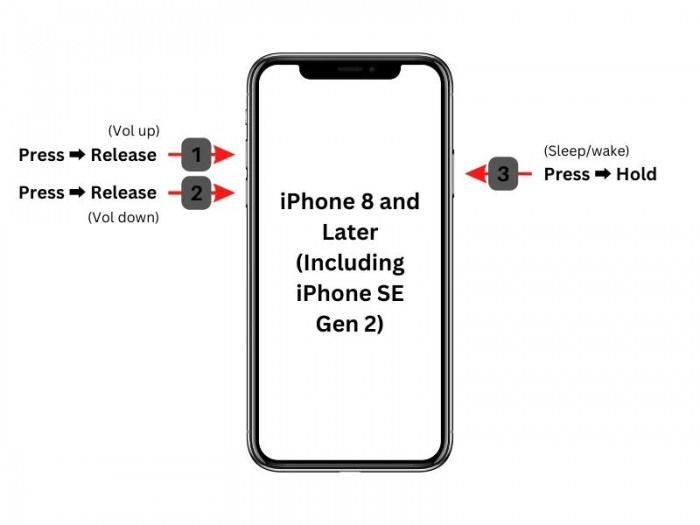
🔹 For iPhone 8 and later: Quickly press and release the Volume Up button, then do the same with the Volume Down button. Press and hold the Side button until you see the Apple logo.
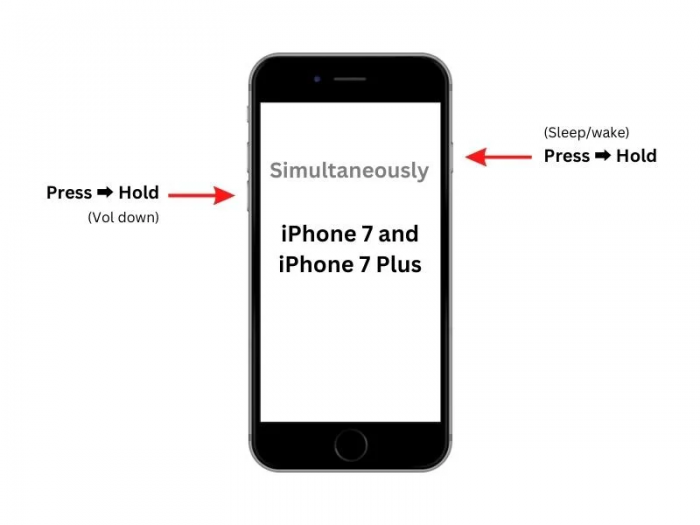
🔹 For iPhone 7 and 7 Plus: Press and hold the Side button and Volume Down button simultaneously until the Apple logo appears.
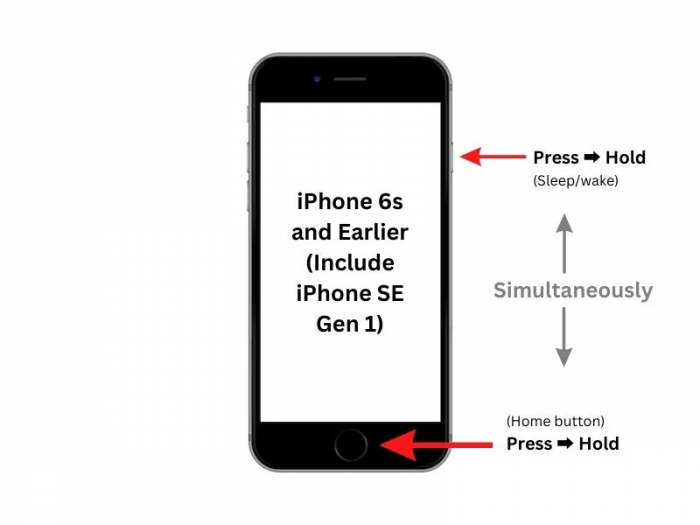
🔹 For iPhone 6s and earlier: Hold down the Home button and the Sleep/Wake button until the Apple logo appears.
Update the iTunes
Old or outdated iTunes version takes a longer time to complete the restoration to an iPhone. Updating iTunes to the latest version is always helpful. The following steps only work when you have an iTunes restoration from a computer to an iPhone via a charging cable. Here’s how:
Step 1. Open iTunes > From the top menu Help > choose Check for Updates.

Step 2. After updating your iTunes, restart your computer.
Step 3. Launch iTunes again.
Step 4. Connect your iPhone to your computer.
Step 5. If you are using Windows, click the iPhone icon near the top left of the iTunes window, click Summary > click Restore Backup.
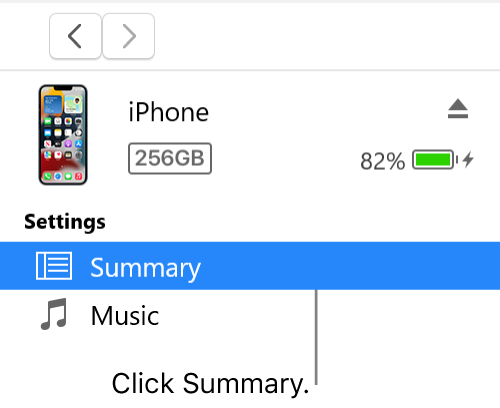
If you are using Mac, In the Finder sidebar, select your iPhone > click Trust, and click Restore from this Backup.
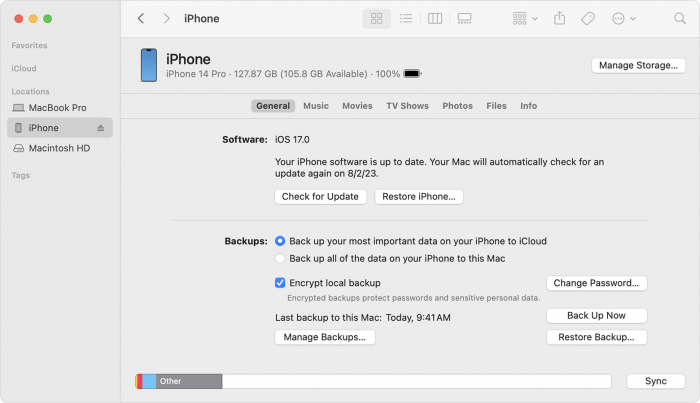
Do Not Use a Third-party Cable
A fake cable drags down the transfer speed of data when restoring your iPhone using iTunes. The ideal situation is to use only the Apple-certified lightning cable (See: Identify counterfeit or uncertified Lightning connector accessories) and make sure you always connect your iPhone directly to your computer without any USB converter.
Restart or Use Another Computer
Sometimes, restarting your computer can help resolve connectivity issues. If restarting the same computer doesn’t help, try restoring your iPhone using a different computer.
Check Your Wifi Network
Check your wifi condition if you are stuck on iTunes or iCloud restoring. If it is not stable or has a poor connection, the restoration is barely hard to complete. Use a faster and more stable wifi to make it a success.
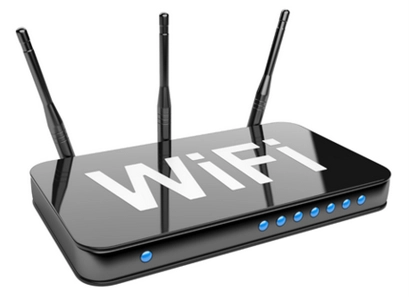
💡 Bonus Tips: How to Check Your Network Speed
To check your network speed, you can use various online tools, including speed-testing websites. One such website is VSee. To check your network speed on this site, follow these steps:
- Open your web browser and visit the website.
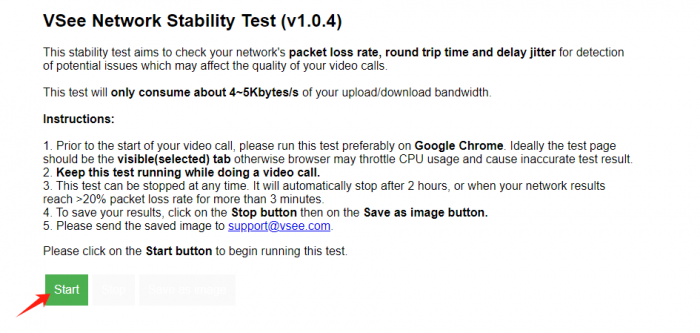
- Click the “Start” button on the page to initiate the speed test.
- The tool will measure your download and upload speeds, providing results in real-time.
- Once the test is complete, you’ll see information about your ping, download speed, and upload speed.
👀 Keep in mind that network speed can vary, so it’s a good idea to run multiple tests at different times to get a more accurate picture of your internet speed. Additionally, ensure that no other devices are heavily using the network during the test for more reliable results.
Disable Security Software
Temporarily disable any security software on your computer, as they might interfere with the restore process.
How to Disable Virus Protection on Windows
Disabling security software on Windows may vary depending on the specific antivirus or security suite you have installed. Here are general steps that you can follow:
🚫 Windows Security (Windows Defender):
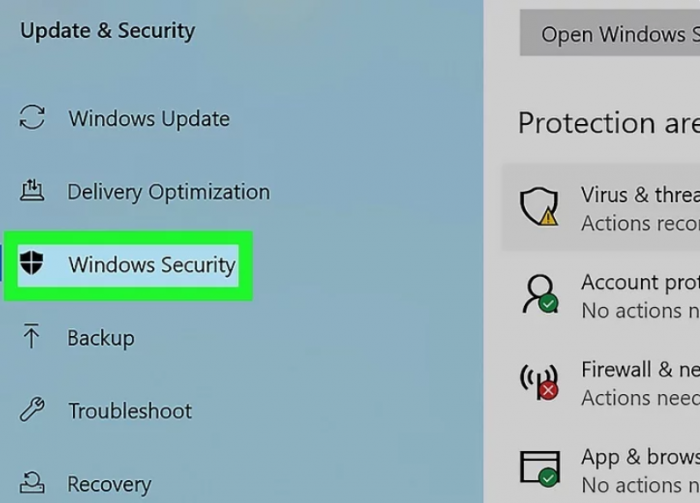
- Open the “Windows Security” app. You can find it by searching for “Windows Security” in the Start menu.


- Click on “Virus & threat protection.”
- For Windows 10: Select “Manage settings” under the “Virus & threat protection settings” section.
- For Windows 11: Select “Virus & threat protection settings.”
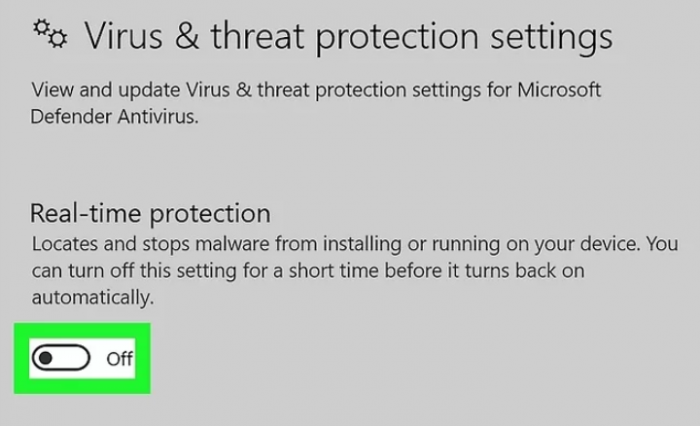
- Toggle off the switch under “Real-time protection” to disable Windows Defender temporarily.
🚫 Turn off Windows Firewall:
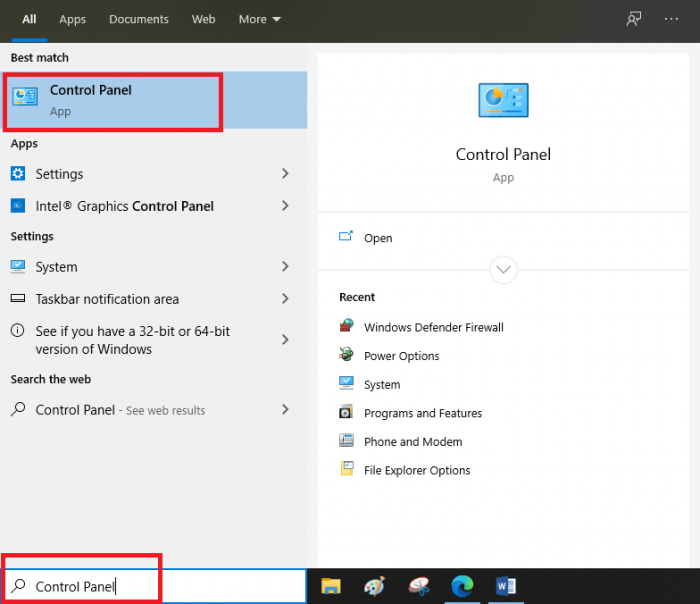
- Open the Control Panel on your computer.
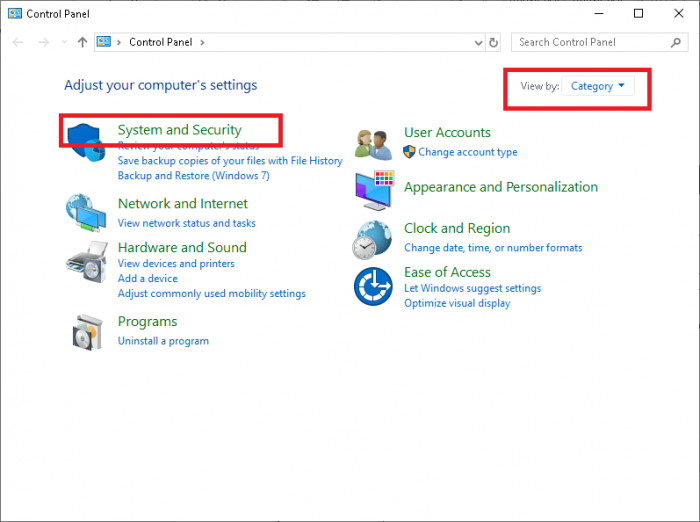
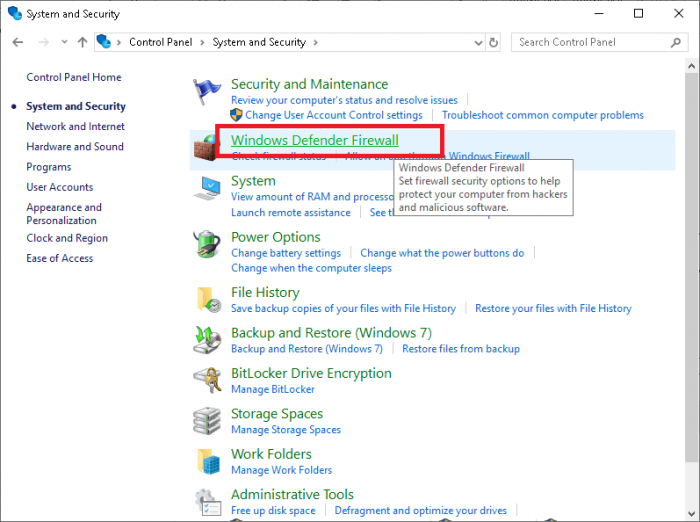
- Navigate to “System and Security” and then click on “Windows Defender Firewall.”
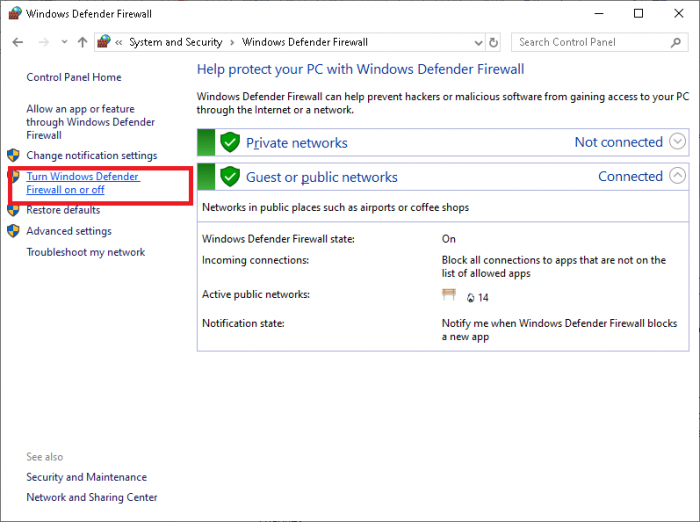
- In the left pane, click on “Turn Windows Defender Firewall on or off.”
- Turn off both options (for private and public networks).
How to Disable Virus Protection on Mac
Disabling security software on a Mac can be different depending on the specific antivirus or security software you have installed. Here are general steps you can follow:
🚫 macOS Security Preferences:
- Click on the Apple logo in the top-left corner of your screen and select “System Preferences.”
- Choose “Security & Privacy.”
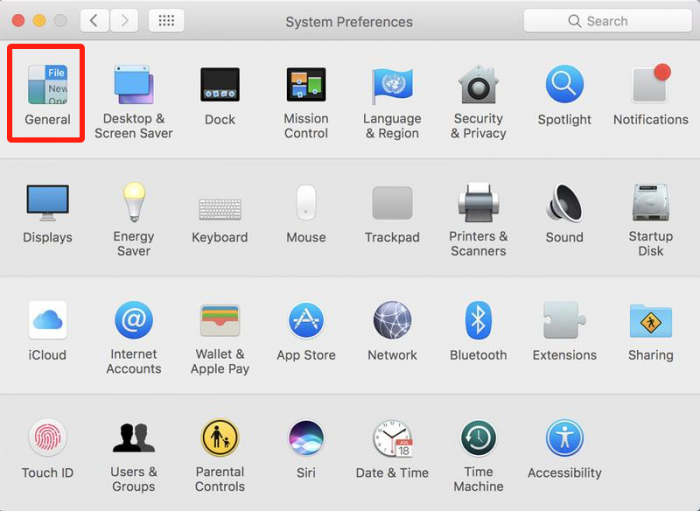
- Go to the “General” tab.
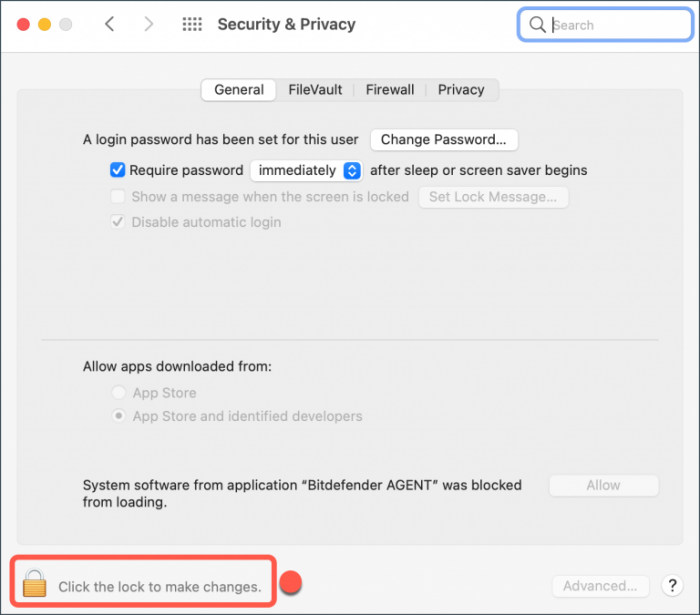
- Click the lock icon in the bottom-left corner and enter your administrator password to make changes.


- Under “Allow apps downloaded from,” select “App Store and identified developers” or “Anywhere” to allow apps from any source.
🚫 Turn off Mac Firewall:
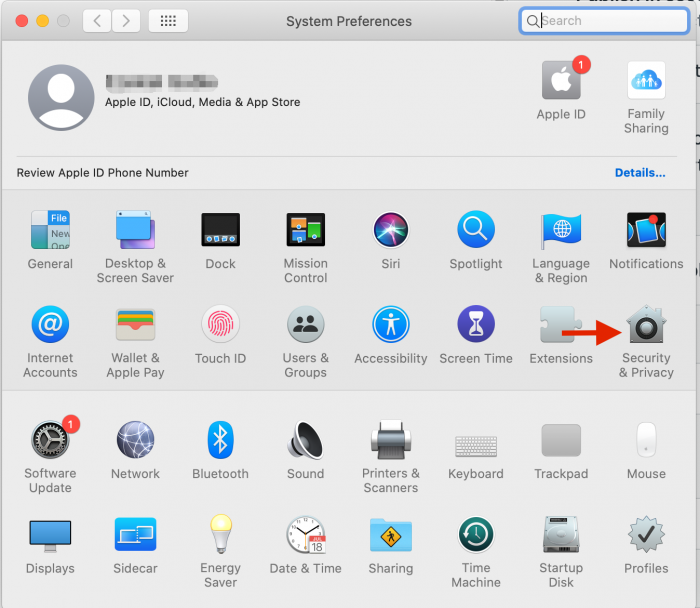
- Click on the Apple logo in the top-left corner and select “System Preferences.”
- Choose “Security & Privacy.”
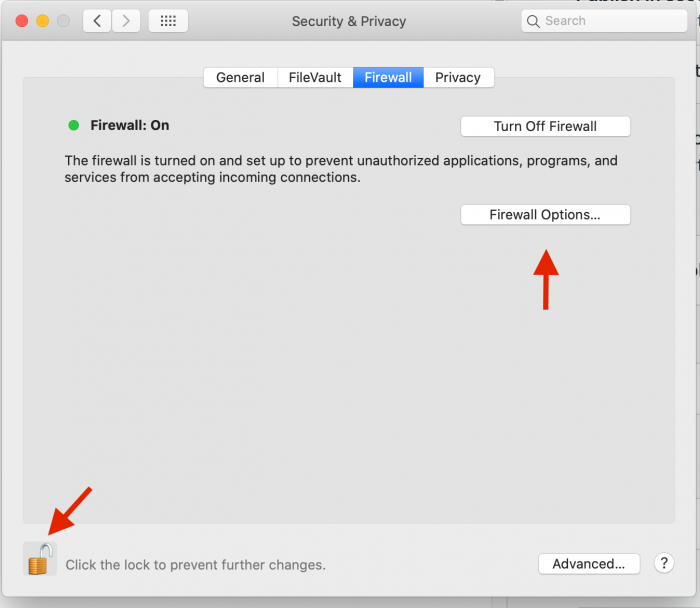
- Go to the “Firewall” tab.
- Click the lock icon to make changes (enter your administrator password).
- Click “Turn Off Firewall” to disable the macOS firewall.
Use DFU Mode
If the issue persists, you can try putting your iPhone into DFU (Device Firmware Update) mode and restore it through iTunes. This process varies depending on your iPhone model, so make sure to follow the correct steps.
Step 1. Connect Your iPhone to Your Computer:
Use a USB cable to connect your iPhone to your computer.
Step 2. Open iTunes (or Finder on macOS Catalina and later):
Make sure you have the latest version of iTunes installed on your computer. If you’re using macOS Catalina or later, use Finder instead.
Step 3. Turn Off Your iPhone:
Press and hold the power button until the “slide to power off” slider appears. Slide to power off your iPhone.
Step 4. Enter DFU Mode:
After your iPhone is completely turned off, press and hold the power button for 3 seconds.
While still holding the power button, press and hold the volume down button as well. Hold both buttons for 10 seconds.
Release the power button but continue holding the volume down button for another 5 seconds.
If your screen stays black, your iPhone is now in DFU mode. If you see the Apple logo or the “connect to iTunes” screen, you’ll need to start over.
Step 5. Check iTunes or Finder:

Once your iPhone is in DFU mode, iTunes or Finder should recognize it and display a message indicating that your device is in recovery mode and needs to be restored.
Step 6. Restore Your iPhone:
Follow the prompts in iTunes or Finder to restore your iPhone. This will erase all data on your device, so make sure you have a backup if possible.
Step 7. Contact Apple Support:
If none of the above steps work, it’s advisable to contact Apple Support for further assistance.
Always ensure that you have a backup of your important data before attempting any troubleshooting steps, as some methods may result in data loss.
💡 Check out the following video to activate DFU mode:
📚 Read Also: How to put an iPhone in DFU Mode (All models)
Delete Large and Unwanted Files
Since it will take more time to download the backup file from iCloud, thus, if you do not use these large photos, videos, or music anymore, you can delete these files from your iCloud. And if these files are precious to you, you can move them to a backup file on your computer.
✅ Delete Specific Files on iCloud Website:
Step 1. Open iCloud.com in a browser.
Step 2. Log in with your Apple ID.
Step 3. Go into your iCloud, and find the unwanted large file.

Step 4. Select the Delete icon.
✅ Delete App Backups from iCloud on iPhone:
Step 1. Go to the Settings on your iPhone.
Step 2. Tap your account name and enter the new page.
Step 3. Select iCloud.
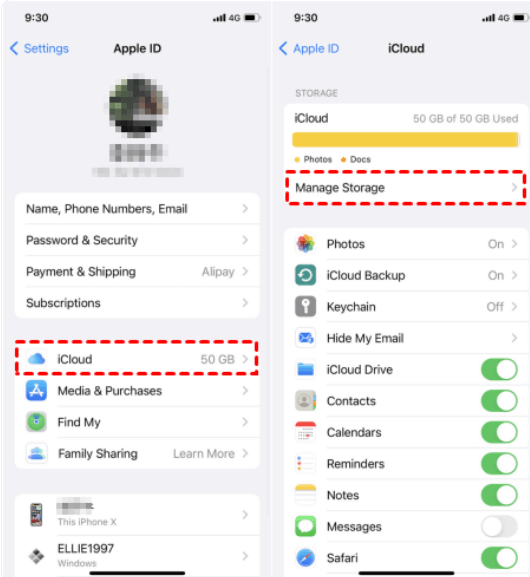
Step 4. Choose Manage Storage.
Step 5. Tap on Backups.

Step 6. Select the name of the device being backed up to iCloud you are currently using.
Step 7. You can see the size of data sorted from large to small that occupied the iCloud storage.
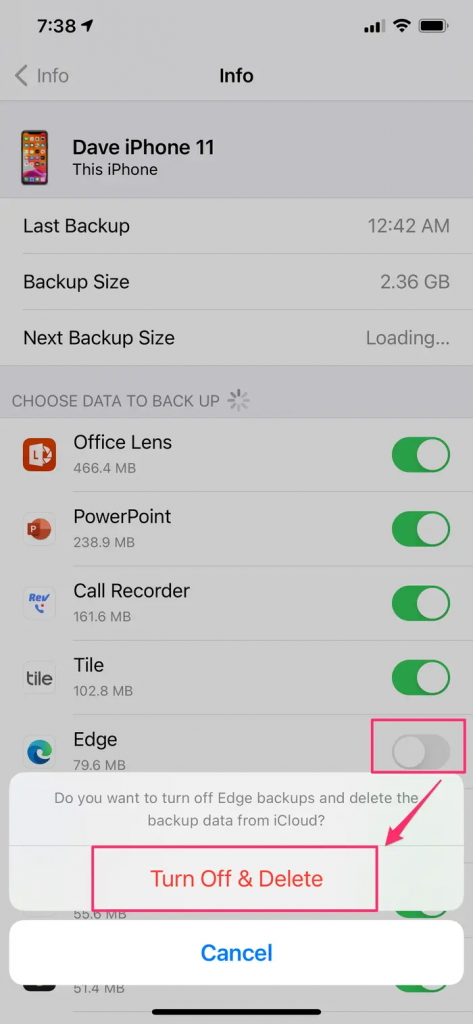
Step 8. Turn off the backup feature for any of these apps that you do not really need to back up by swiping the button to the left.
Step 9. Tapping Show All Apps to disable more options.
Step 10. Repeat these processes for your other iOS devices.
FAQ
⭐ Will I lose data if I force restart my iPhone during the restore process?
A force restart (also known as a hard reset) during the restore process on your iPhone can potentially lead to data loss and other issues. If you’re concerned about data loss, ensure that you have a recent backup of your iPhone before initiating the restore process. This way, you can restore your device to its previous state once the troubleshooting or restoration is complete.
⭐ How do I know if my iPhone is still restoring?
To verify whether your iPhone is still in the process of restoration, follow these steps:
- Open the Settings app on your iPhone.
- Tap on your name at the top of the Settings menu.
- Select “iCloud” and then choose “iCloud Backup.”
- If your device is still undergoing restoration, you will observe a message stating, “This [device] is currently being restored and will automatically back up when it is done.”
This method allows you to check the ongoing restoration status directly from your iPhone settings.
⭐ How many times can you restore an iPhone?
There isn’t a specific limit on the number of times you can restore an iPhone. You can restore it as needed for troubleshooting, upgrades, or switching devices.
⭐ Can I cancel iPhone restore?
Certainly! If you wish to stop the restoration of your iPhone from an iCloud backup, follow these steps:
- Navigate to Settings on your iPhone.
- Tap on “iCloud” and then select “Backup.”
- Choose “Stop Restoring Phone.”
By taking these steps, you can interrupt the restoration process. Once you’ve stopped the backup restoration, you should be able to proceed with updating the iOS on your iPhone.
⭐ Do you have to be on Wi-Fi to restore from iCloud?
Yes, a Wi-Fi connection is typically required for iCloud restores due to the large amount of data involved. Accord to Apple’s guide, users can’t restore from a backup over a cellular Internet connection.
Conclusion
To sum up, the duration can vary for many reasons, including device model, backup file size, internet connection, and some other small factors.
I’m thrilled to be part of the OneRecovery team as a writer. I’m passionate about simplifying the complex world of data recovery and making it easy for everyone to understand. My focus? Well, I love diving into tutorials on hard drive recovery, crash computer data retrieval, photo repair, and many more. But that’s not all—I’m all about exploring the creative side too, so expect plenty of engaging and imaginative posts on various aspects of data recovery software. Join me on this journey as I share insights, tips, and tricks that make data recovery a breeze!






